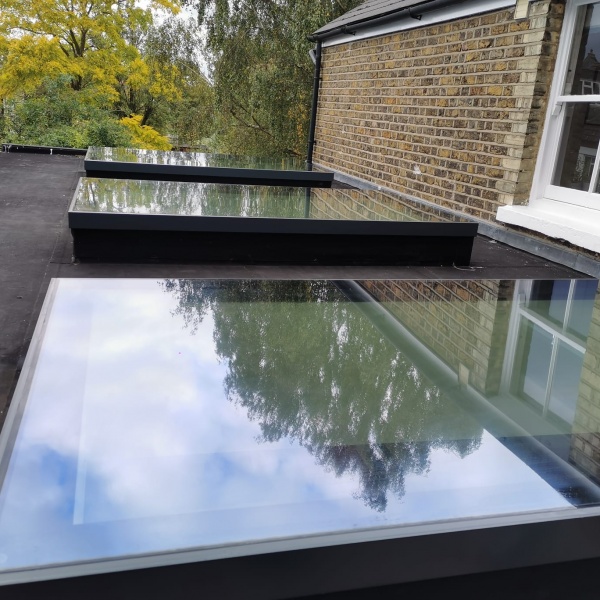In architecture, daylighting refers to the use of natural light. It has been proven to have a positive effect on the performance of a building and also on human health. Daylighting has been defined as the practice of placing windows or other openings and reflective surfaces so that during the day natural light provides effective internal lighting.
Particular attention is given to daylighting while designing a building where the aim is to optimise visual comfort or to reduce energy intake.
Skylights are widely used in daylighting design in residential and commercial buildings, mainly because skylights are the most effective source of daylight on a unit area basis. More daylight means less artificial light and fewer square feet of necessary glazing, thus saving considerably on energy use and resulting in lower financial and environmental cost.






